Former foster youth seeks stability after facing homelessness in Milwaukee
With help from the nonprofit Pathfinders, a 22-year-old aspiring chef tries to escape a cycle of homelessness that ensnares many who age out of the foster system.
Wisconsin Watch
February 6, 2023 • Southeast Region
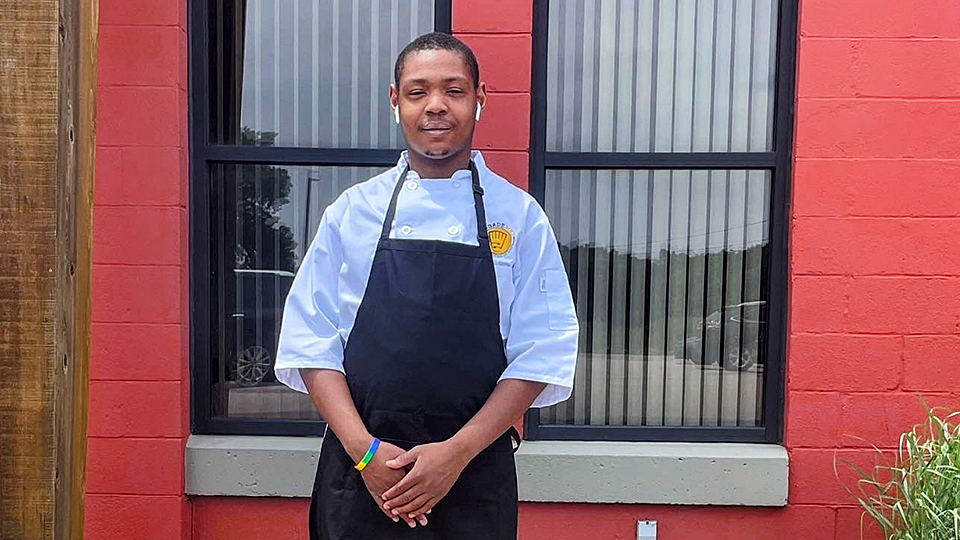
Davonta Sellers aspires to complete culinary school. "I don't know if people understand that so many of us were born into this lifestyle. We're out of our homes because of the mistakes or choices of our parents," he says. (Credit: Courtesy of Davonta Sellers)

Davonta Sellers was taken out of his family’s care at 2 years old. Now at age 22, he’s still working to find stability.
Sellers, like many other Milwaukee youths, spent his entire adolescence in and out of foster care and group homes before eventually facing homelessness as a teen and into adulthood.
“I was with my first foster mother until I was 5 years old, and then she didn’t want me anymore because of my behavior,” he said. “From then, I was always moving in with family members, into a new foster care or a new group home.”
Sellers never had a stable home to go back to, so bouncing around was his only option. That lack of stability is one reason many Milwaukee youths end up homeless adults.
According to the National Foster Youth Institute, after reaching the age of 18, 20% of U.S. children who were in foster care will become instantly homeless.
Sellers entered adulthood struggling to find stable housing and was homeless for a while. But Pathfinders, a Milwaukee nonprofit that serves youth with housing struggles, helped him find a job at a local entertainment venue, he said, setting him on a path toward stability.
“The last time I counted, I’ve been in around 57 group homes,” Sellers said. “When those weren’t working out, I slept on bus stops, in parks, tents, my friends’ basements, even the rescue mission.”
How trauma follows former foster youths
Sellers now grapples with lingering trauma — and anger — from an unstable upbringing. His father was in and out of prison, he said, and he faced an “abusive environment” at his grandmother’s home.
“So, when I wasn’t getting taken away, I was leaving on my own,” Sellers said.
“As I learn and grow, I still struggle to forgive my past, because it shouldn’t have gone like that,” Sellers said. “I know I’ve suffered from some of my behavior, but I was just so angry, and people never tried to understand.”
That’s a common experience for foster system youths, said Audra O’Connell, executive director of Walker’s Point Youth and Family Center, a nonprofit that provides services to young people who are runaways, homeless or face other obstacles. She said around 40% of the youths her group serves briefly find stability before losing it because they lack a placement, left their placement or were kicked out.
“People often confuse trauma with bad behavior. They confuse the two because they have no understanding of youths,” said Deshanda Clark, senior vice president of programs and services at Pathfinders. “People don’t listen to young people, and when they do advocate for themselves, it’s seen as disrespect.”
Walker’s Point Youth and Family Center is seeing a growing number of youths who have mental health needs during the disruptive COVID-19 pandemic, O’Connell said.
“Since the pandemic, depression, anxiety and suicidal ideation are through the roof,” O’Connell said. “Youth were forced to stay in situations that may not have been good for them as a result of covid.”
She said because so many services decreased during the pandemic, the center saw more youths who needed a lifeline such as runways and domestic violence survivors.
“We are just starting to see the fallout from the loss and tragedy of the pandemic in our work. Families who come to us have greater challenges,” the Wisconsin Department of Children and Families said in an email. “They are dealing with more complex and traumatic situations. That is also true of our youth. We are working hard on focusing on improving our care of older youth in particular.”
Undercounting homeless students
But groups serving people without homes — whether youths or adults — often undercount those populations, making it difficult to understand the challenge’s full scope.
The Milwaukee Public Schools’ Homeless Education Program, which serves families and students experiencing homelessness, saw 4,041 students enroll this year, said Megan O’Halloran, a member of the district’s board of directors. That includes 816 unaccompanied youth — those who live separately from a parent or guardian.
Homeless students who don’t report their status or have a parent do so go uncounted.
“MPS can’t count students who aren’t going to school,” said Clark. “There is no clear depiction of the problem.”
And once a young person becomes homeless, Clark said, they suffer from bigger systemic issues — including the failure of adults to protect them and set positive examples.
“So many of our preconceived notions about young people — like the way we see them in a negative light — are connected to their instability,” she said. “When they come to us, they already feel hopeless, so when we don’t serve them properly, they feel worse, and they can pull back.”
Many youths are living “adult lives” — taking on the burdens typically faced by someone older, Clark said. “Some are parents already. They are working jobs and paying bills. Some youths were just at an MPS board meeting fighting for a shorter school week so they could work.”
Multigenerational housing instability
Such struggles are often passed between generations.
“Some youths and young people we are case managing today are the children of people we’ve case managed in the past,” Clark said. “And some of these are coming here for emergency services with young children of their own. Youth homelessness is the gateway.”
“Everyone wants to help the cute little kid, right, but you have to realize that you’re to help the family because that kid that you’re caring for, that’s like the key to the family,” said Christina Chronister Thomas, who has been fostering youths for almost three years. “At that point when they’re staying with you, and their parents are working their plan, you need to offer as much support to the parents as you are to the children.”
Chronister Thomas said the Wisconsin Department of Children and Families does a good job of training foster parents but that same training for youths in the system is lacking.
She fosters infants and has built a close community with other foster parents.
Although there is a lot of information on how children in foster care should be treated, that is not always the case when youths age out of the system.
Sellers said on top of all his other problems, once he was ready to move into a place on his own, he couldn’t find housing.
“Because I’m so young and I didn’t have any support, it was so hard to get someone to rent to me,” he said. “And it was hard to make enough money to afford bills.”
Clark said Pathfinders advocates and builds relationships for the young people the group serves.
“It’s a lot of creating relationships with property owners because no one wants to go into a lease with a minor,” she said. “And there aren’t enough spots to house everyone through existing programs.”
Creating space for young people to thrive is the first step toward breaking the link between youth and adult homelessness, Clark said.
Sellers said genuine people who wanted to see him succeed helped him most.
“I don’t know if people understand that so many of us were born into this lifestyle. We’re out of our homes because of the mistakes or choices of our parents,” he said. “You’ll never understand what we go through until you’re homeless. It’s a struggle every day.”
A version of this story was originally published by Milwaukee Neighborhood News Service, a nonprofit news organization that covers Milwaukee’s diverse neighborhoods.
 Passport
Passport

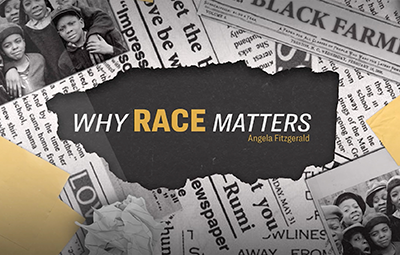
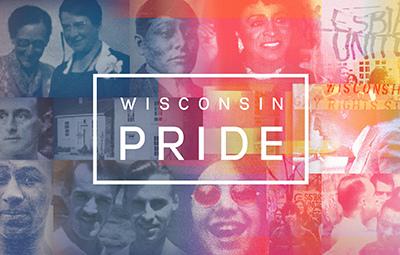

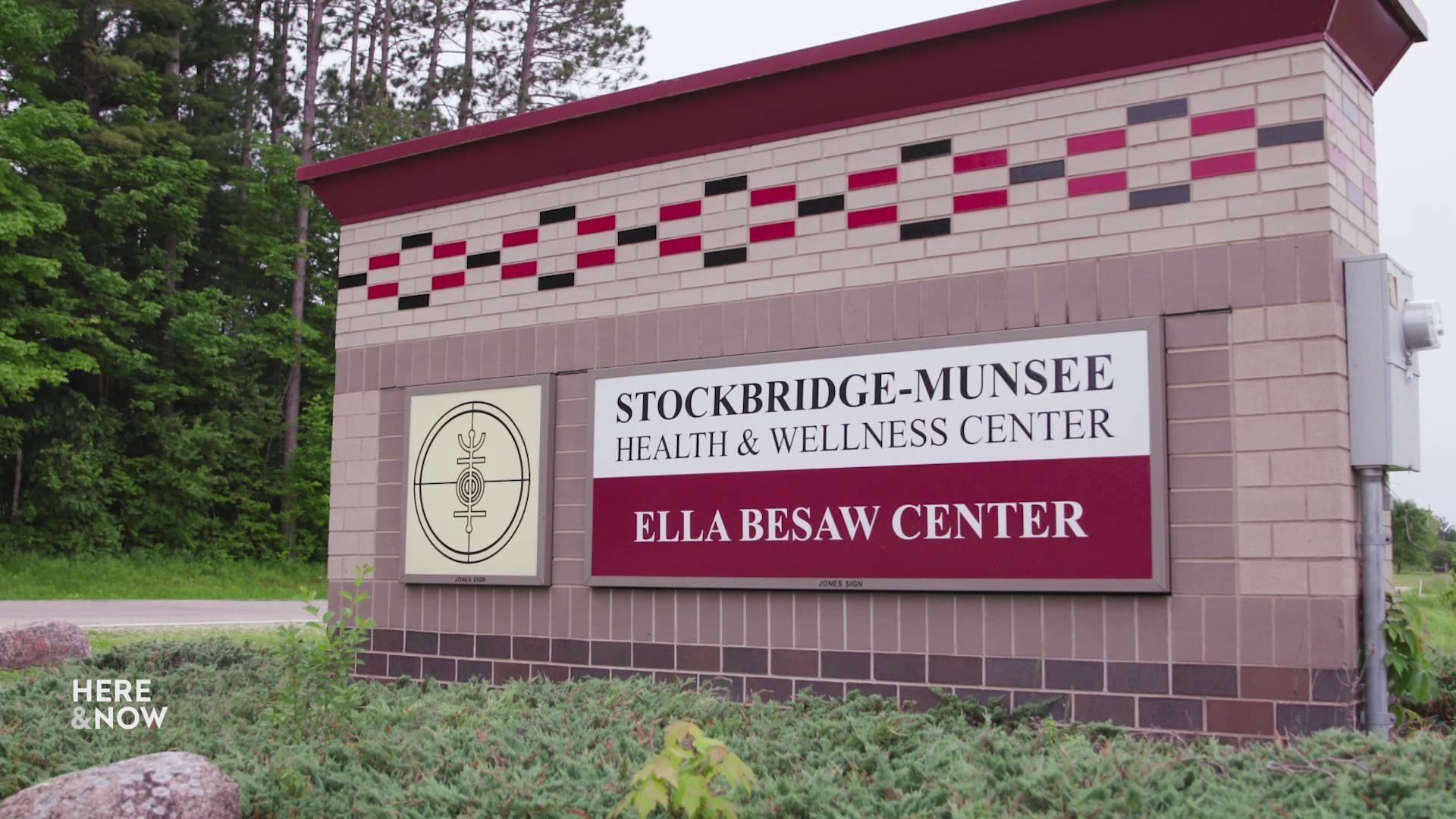
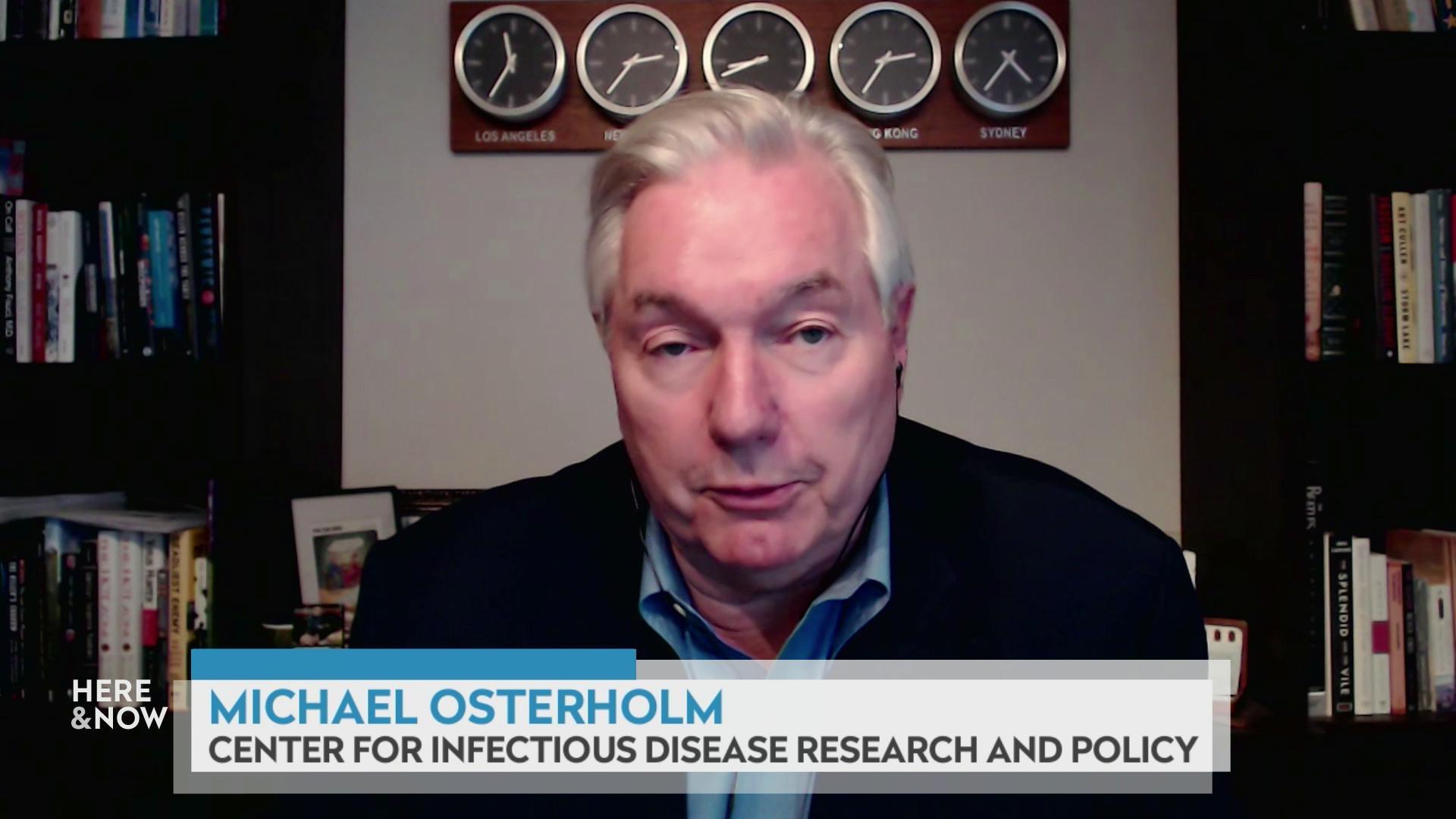
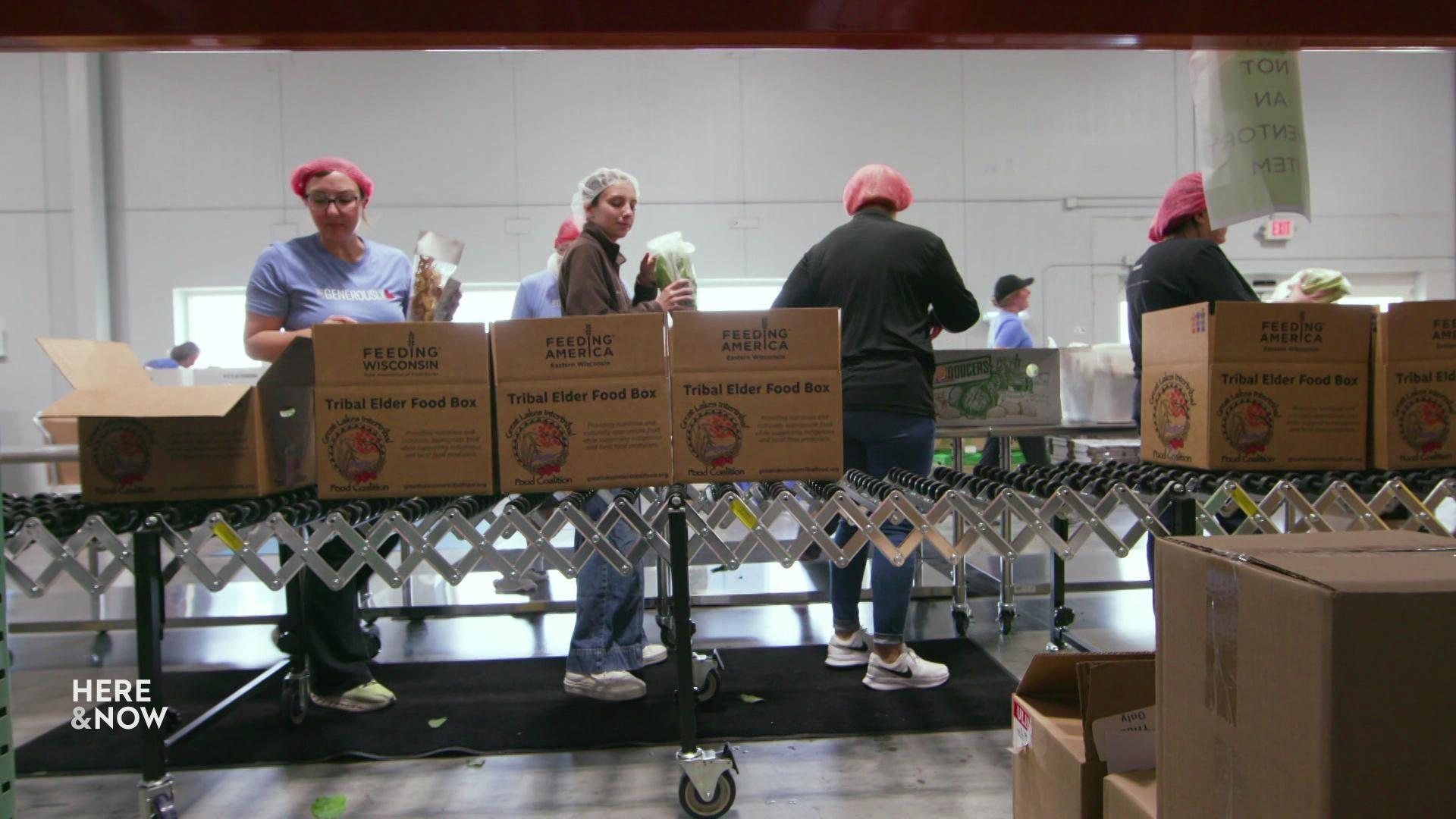
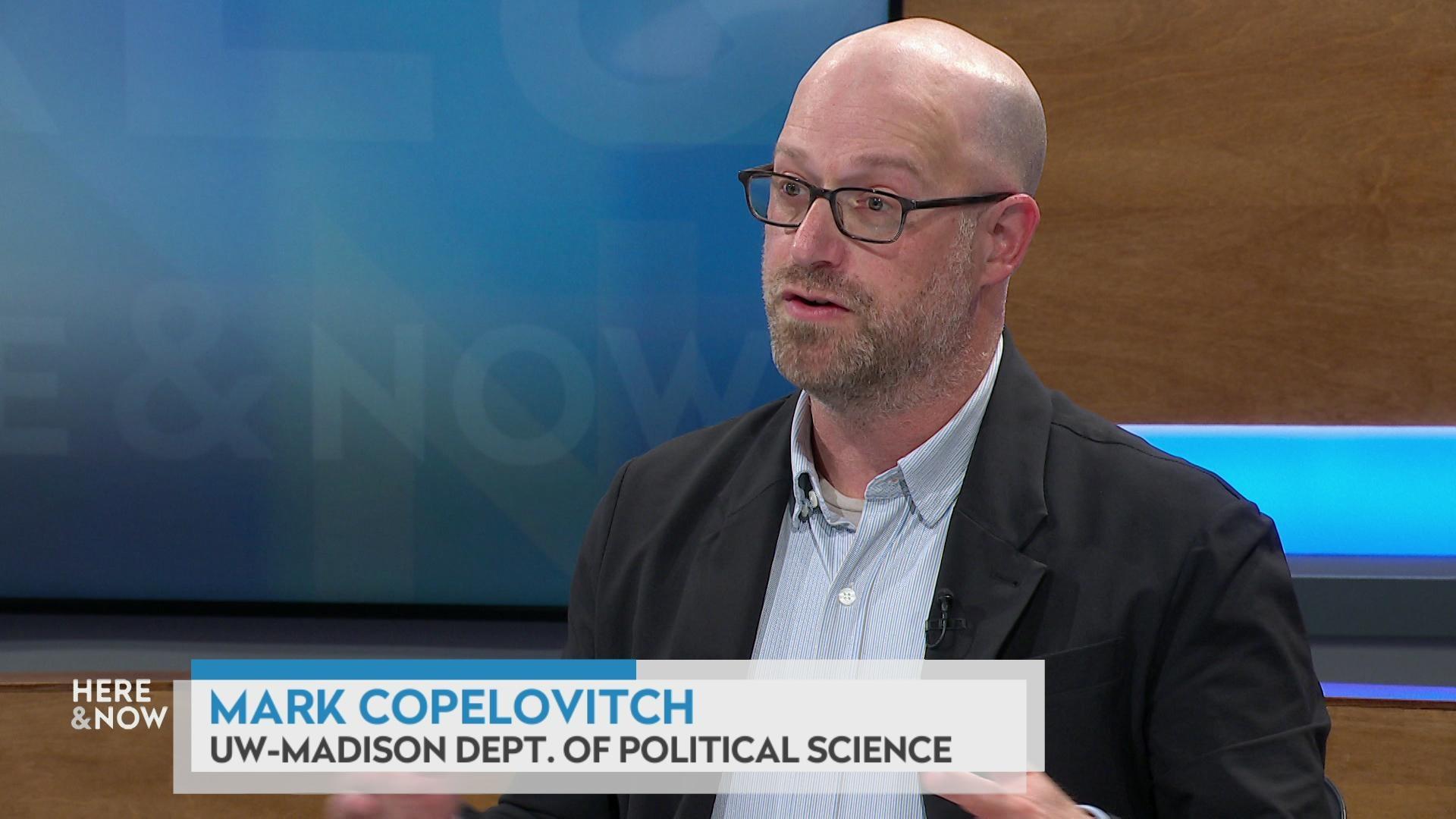
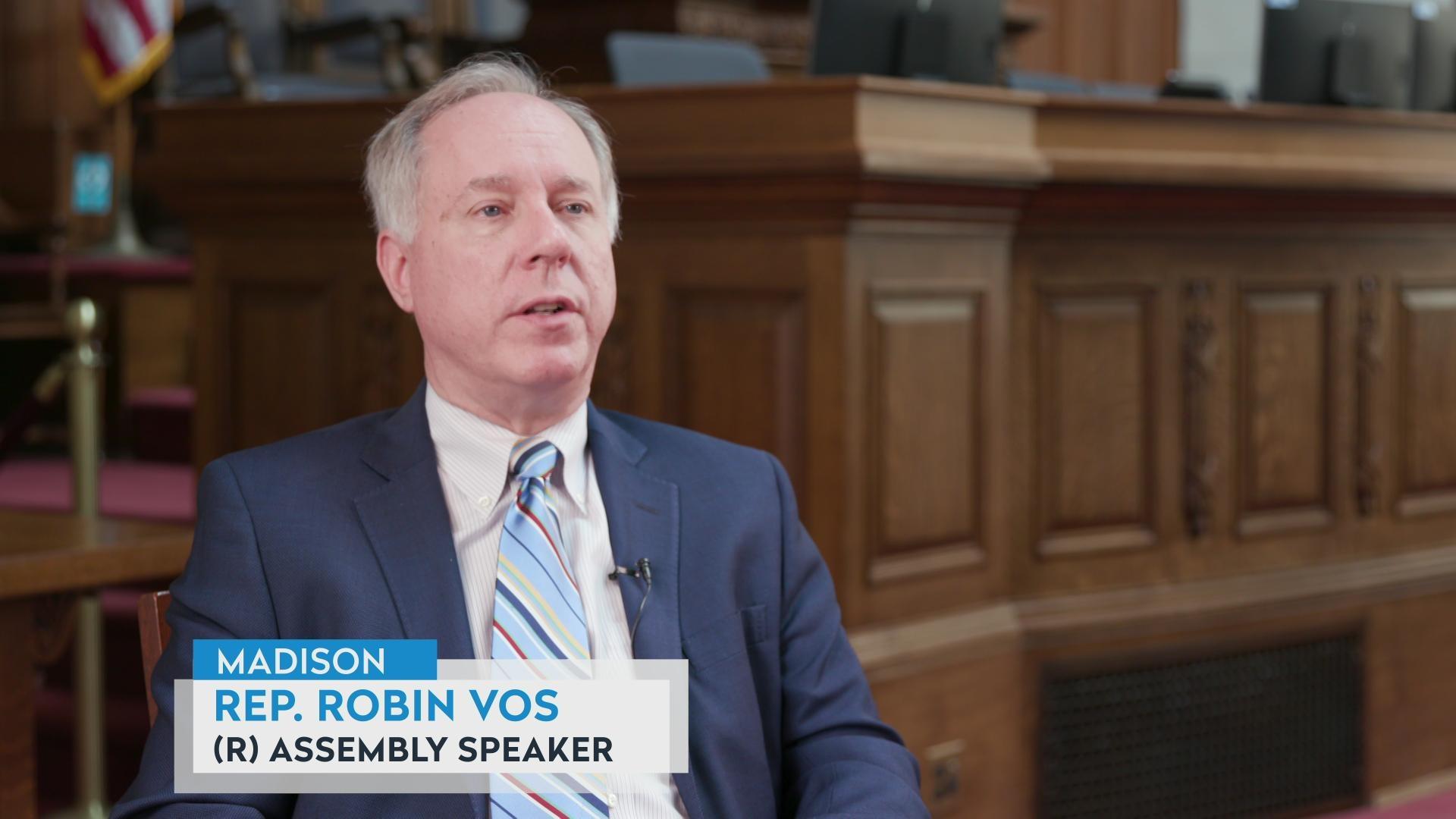
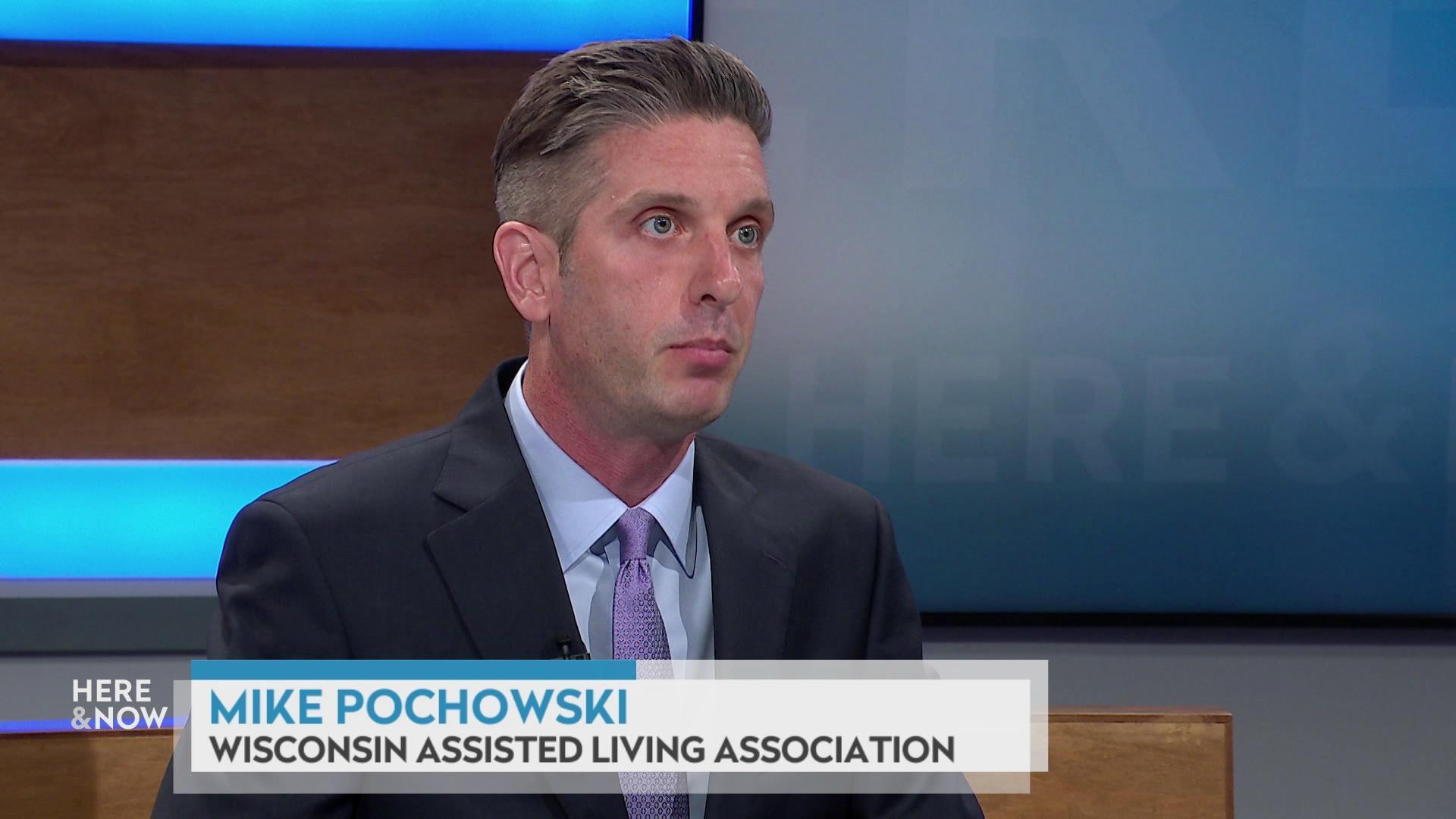

Follow Us